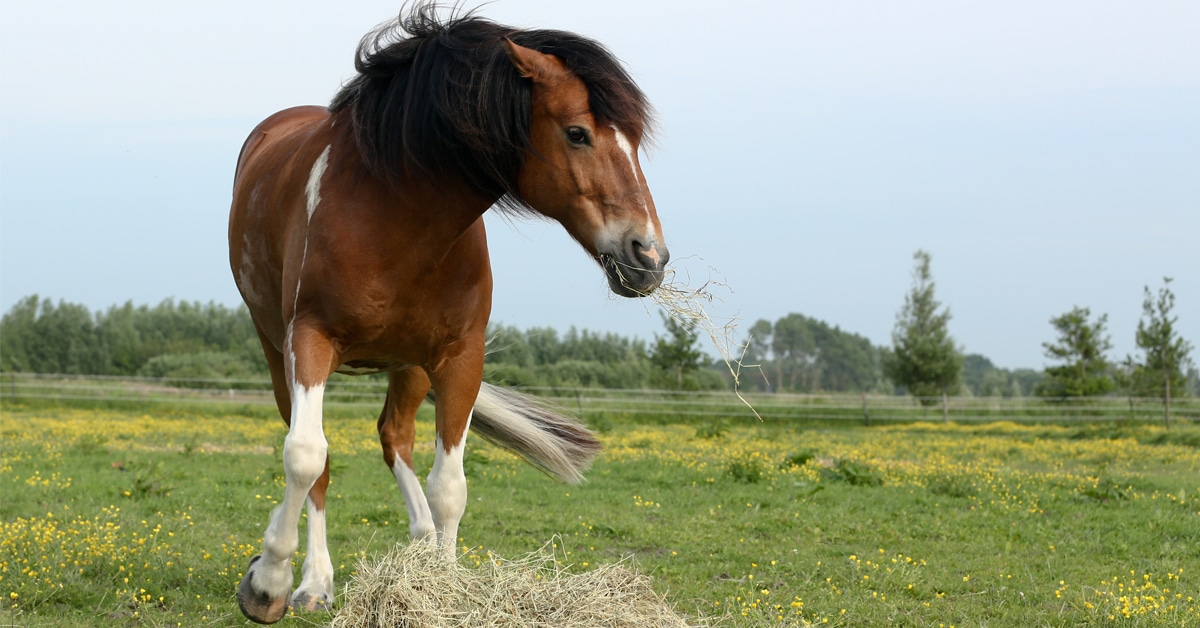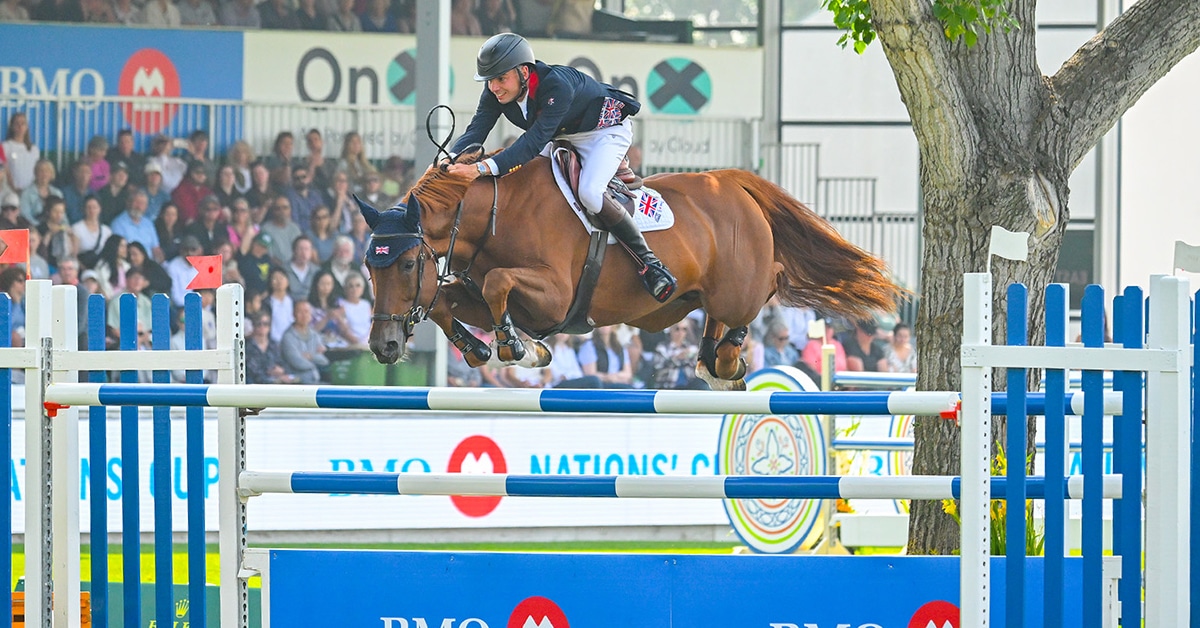Research conducted in the UK at Hartpury and Central Lancashire universities investigated the use of whips by eventing riders as ‘positive punishment’ and to support leg aids, direction and speed of the horse. Their findings were presented at the International Society for Equitation Science’s 19th International Equitation Science Conference in New Zealand entitled, “A Good Life For Horses.”
Prior research into horse racing has shown that use of the whip has not been associated with improved performance. And with growing concern for equine welfare and equestrian sport’s social license to operate, the question arises whether any whip use can be ethical.
This study looked at whip use during 200 videoed cross-country (XC) rounds at the FEI 2*-5* level. Variables recorded included fence type, fence number, number of whip hits, stage of jump, faults occurred, viable reasons for use, and horse’s reaction. Observations included:
- A whip was carried by 99% of riders; however, only 40% used it during the XC round.
- The riders were 2.17 times more likely not to use the whip than hit the horse.
- A total of 122 uses were recorded with 62% of riders only using the whip once during the round: 82% applied it to the shoulder, 18% on the hindquarters.
- 79% of whip use occurred before a jump, 15% after a jump and only 2% at the jump.
- Fence type was significantly strongly associated with whip use, being more common at water, skinny and corner fences.
- In 13% of occasions, faults occurred at the same fence the whip was used.
- 24% of whip use occurred where the horse observably hesitated and in 49% of occurrences, no obvious reason for use was observed.
- The majority (61%) of the horses displayed no visible reaction to the whip use. Of the horses that did visibly react, the most common reactions were bucking, rearing or pinned ears.
- There was a strong positive association between the number of strikes and the horse showing a visual reaction.
As whip use was most common before a fence and no observable reason for use was seen in 49% of cases, it suggests that riders are not only using it as a punishment. Whip use may be due to a misunderstanding of equine learning theory, rider psychological reasons, or visibly imperceptible horse behaviours. This study suggests that more research to understand why riders are using their whip is required.
Conclusion
Most cross-county riders carry whips, but not all riders used them. Most whip strikes occurred before the jumps and on the shoulder. There was a strong link between whip use and the type of jump.
While over half of horses did not show any visual reactions to the whip, there might still a negative impact on the horse’s welfare status, and public perception of whip use is threatening eventing’s social license. Several horses showed no visible reaction to the whip; however, some horses reacted with extreme behaviours like bucking or rearing. The findings raise concerns that whip use may not support learning theory and that more research into their use in eventing is needed.
~ with files from the International Equitation Science Conference
The Latest










